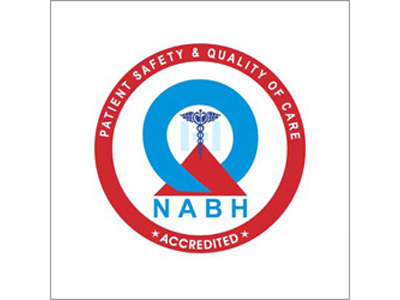In a new study from LVPEI, Drs. Jenil Sheth, Virender Sachdeva, and colleagues explored the severity of vision loss, dose-related adverse effects, and visual outcomes in patients with ethambutol-induced toxic optic neuropathy (ETON), a vision-threatening side effect of the tuberculosis medication ethambutol.
On March 24, India observed another World Tuberculosis Day, an occasion for raising awareness about ‘the world’s deadliest infectious disease.’ Tuberculosis (TB) is a highly contagious respiratory disease caused by the bacteria Mycobacterium tuberculosis. India bears the highest burden of this disease, accounting for 26% of the world's TB cases. To eliminate this menace, India’s National TB Elimination Program (NTEP) administers antituberculosis therapy (ATT) on a large scale. Ethambutol, a synthetic bacteriostatic drug, is a common first-line medication due to it being one of the least toxic antitubercular agents. In fact, the program modified its ethambutol regimen in 2016, extending its use from 2 to 6 months and increasing the frequency from 3/week to 1 time/day. However, even with its relatively low toxicity, an increased dose of ethambutol can have serious side effects.
One such side effect is ethambutol-induced toxic optic neuropathy (ETON), a vision-impairing condition that arises from damage to the optic nerve. Ethambutol interferes in the mitochondrial function of retinal ganglion cells and optic nerve axons by binding to essential copper and zinc ions. The resultant cellular disruption damages the optic nerve, leading to progressive vision loss. A recent study from LVPEI shows that NTEP’s revised ethambutol regimen resulted in a sixfold increase in the number of ETON cases in just 3 years. Developing strategies to combat the growing number of ETON cases requires a better understanding of the extent of vision loss caused by this new ATT regimen.
In a new prospective study published in the Indian Journal of Ophthalmology, Drs. Jenil Sheth, Virender Sachdeva, and colleagues from LVPEI evaluated the degree of vision loss, dose-related adverse effects, and visual outcomes in patients with ETON. The study included 107 patients (214 eyes). Most patients (69%) were men, and 58% of them were middle-aged (36-55 years). On average, the patients took ethambutol for 7 months at a dose of 1,042 mg/day.
All patients had profound vision loss in both eyes. On average, the patients had severe vision impairment (mean visual acuity of 1.2 LogMAR) at presentation. Among them, elderly patients (aged 60 years and above) had the worst visual acuity (1.3 LogMAR). The best corrected visual acuity (BCVA) at presentation was much worse in patients taking a higher dose of ethambutol—16 mg/kg or more—compared to those taking less. Temporal or diffuse optic disc pallor, an indication of optic nerve damage, was seen in 78% of the patients. Over half (58%) of the patients had some form of peripheral vision loss (advanced field loss or temporal field defect), while the remaining 42% had reduced central vision (central scotoma). After discontinuing ethambutol and 11 months of follow-up, the mean visual acuity of the patients improved to 0.8 LogMAR (moderate vision impairment). Elderly patients had the least recovery and continued to have severe vision impairment (final median visual acuity of 1.2 LogMAR). This study further demonstrated the danger of prolonged ethambutol use and underscored old age and higher dosage as the biggest risk factors for ETON.
‘Ethambutol-induced optic neuropathy has become more common and can lead to severe vision loss, especially in the elderly, those with a thin build, and those with renal dysfunction. Careful monitoring and early discontinuation of the drug are essential to prevent vision loss,’ says Dr. Virender Sachdeva, the corresponding author of this paper. He is a consultant ophthalmologist at LVPEI’s Nimmagadda Prasad Children’s Eye Care Centre, GMR Varalakshmi campus, Visakhapatnam, and heads the campus.
Citation
Sheth, J., Sachdeva, V., Goyal, A., Parikh, A., Nalawade, R., Nanavati, H., & Kekunnaya, R. (2025). Clinical profile and visual outcomes in ethambutol-induced toxic optic neuropathy. Indian Journal of Ophthalmology, 73(Suppl 3), S484–S491. https://doi.org/10.4103/IJO.IJO_1807_24
Photo credit: SEM of Mycobacterium tuberculosis, NIAID, CC BY 2.0.



